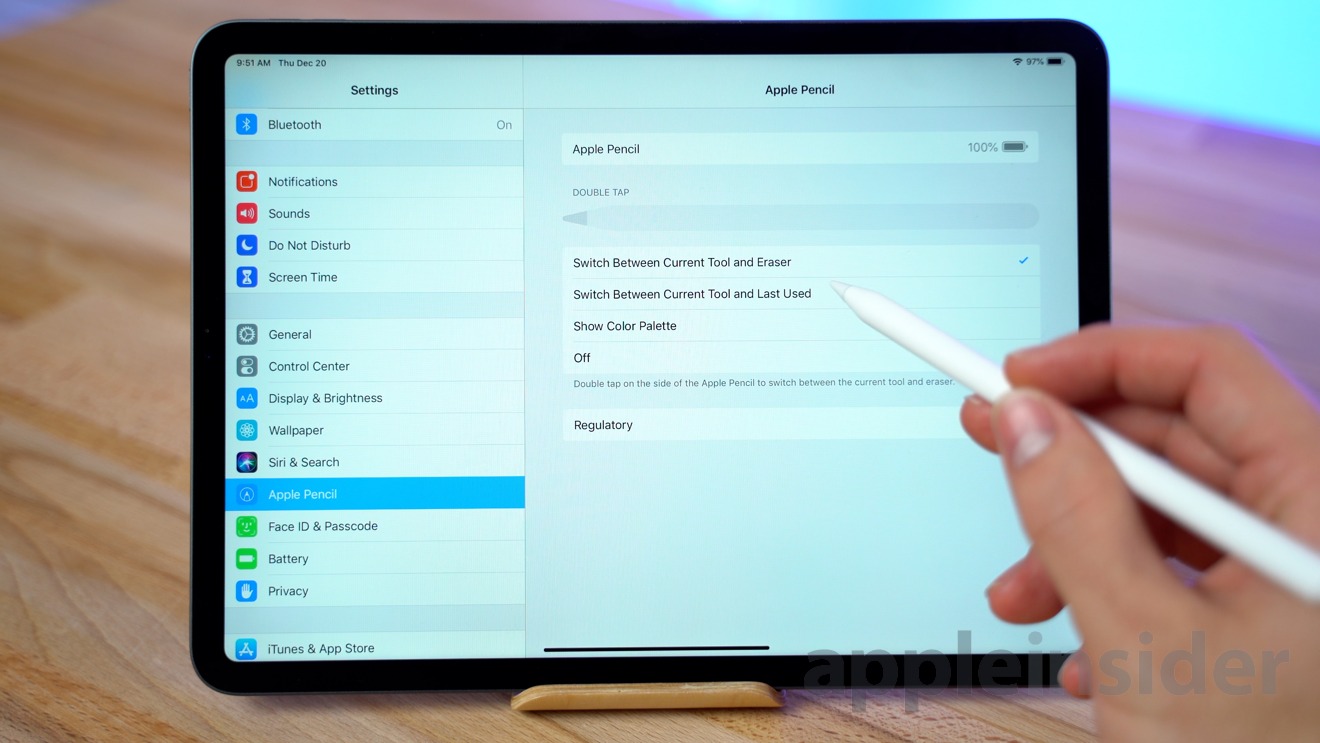
Or, it sounds like your repo has already been updated to Unix-style LF characters, so you might just want to pull and use that. A quick StackOverflow or web search will undoubtedly give you lots of suggestions. But if you really want to keep the CRLF in your files, you can configure your repo accordingly.ĭepending upon how many files you have, you might want to find a tool to convert from Windows/DOS end-of-line CRLF sequences to Unix/macOS LF characters. I suspect that you might want to stick with the existing behavior (updating to Unix end-of-line character), but you will see your options clearly laid out in that GitHub doc. More Details: 9ffea68428: Complete - Download: 5 years, 4 months: Stuart.
#Mac sequel pro change line endings for mac os x#
Restore support for Mac OS X < 10.9 that broke in the previous commit More Details.
#Mac sequel pro change line endings pro#
You can click on that to toggle back and forth.įor information about how this is handled on the git side, see Configuring Git to handle line endings. Sequel Pro will now actually change the SQLMODE of the connection during SQL export to match the generated file. Step 4: Now we will need to log in to Sequel Pro: First, click on Socket (the default is Standard) The default Name is localhost. Extra disappointing when trying to use Sequel Pro to diagnose and fix an issue in the middle of a site outage, and running into this bug. Pretty disappointing to see that this issue has been around for so long without a fix. Again, existing files will preserve whatever end-of-line setting the file originally was using.īut, if you open a file and look on the status bar, you will see a LF or CRLF towards the right. Sequel Pro Sequel Pro MySQL 8.0+ issue Future of Sequel Pro (06/2020) Issue 3705. Mohave, trying to connect to 8.0.12 over SSH. In VS Code, you can set the eol setting, but that only affects new files.

In VIM, if it is a file, you can use the :set fileformat=unix to convert it to a Unix end-of-line character, and then save the converted file. If you have a Mac, then the Sequel Pro client is hands-down the best client to use when interfacing with a MySQL database. If it already is in unix format, you won't see the there. In VIM, when you open/save the file, if the file is currently using the Windows CRLF, you'll see a little in the status message at the bottom. Most likely, when the files were first created, they were saved with Windows newline sequence, and VIM and VS Code are merely preserving that setting.

You can use terminal hexdump command and see if your lines are separated by 0d 0a or only 0a. 0a only) or Windows file endings (CRLF, e.g. Both VIM and VS Code recognize whether the file was using macOS/Unix line endings (LF, e.g.


 0 kommentar(er)
0 kommentar(er)
